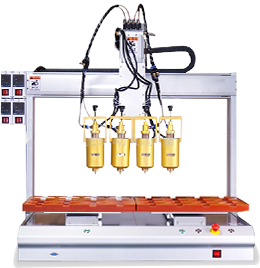

Clear solutions. These systems use solar panels to capture solar energy and convert it into electrical energy to supply LED lighting and provide illumination for nighttime traffic. The following are some characteristics and advantages of solar energy systems for landscape passage lighting:
Environmental protection and energy conservation: The solar system for landscape passage lighting is powered by solar energy, without the need for external power sources, which helps to reduce electricity consumption and carbon emissions, and is environmentally friendly.
Independent operation: These systems are powered independently and do not require external power cords, making installation very flexible without the need for complex cable routing.
LED light source: LED is usually used as the lighting source, which has the characteristics of low energy consumption, high brightness, and long lifespan, providing bright and energy-saving lighting effects.
Waterproof design: Considering the outdoor environment, landscape passage lighting solar systems typically have waterproof design to ensure normal operation in adverse weather conditions.
Automatic sensing: Some systems are equipped with light sensors and human body sensors, which can automatically adjust brightness or turn on/off lights to save energy based on environmental light and surrounding activities.
Easy to install: These systems typically have a simple installation design that can be easily fixed to the sides or pillars of landscape walkways, pedestrian walkways, or pedestrian bridges.
Night safety: The solar system for landscape passage lighting provides night lighting, which helps improve visibility and safety of passage, reducing the risk of tripping and accidents.
Long lifespan: These systems typically have a longer lifespan, reducing maintenance costs and frequency.
Low operating cost: Once installed, the operating cost of the landscape passage lighting solar system is very low, as they do not require electricity bills and only require regular maintenance and cleaning of the solar panels.